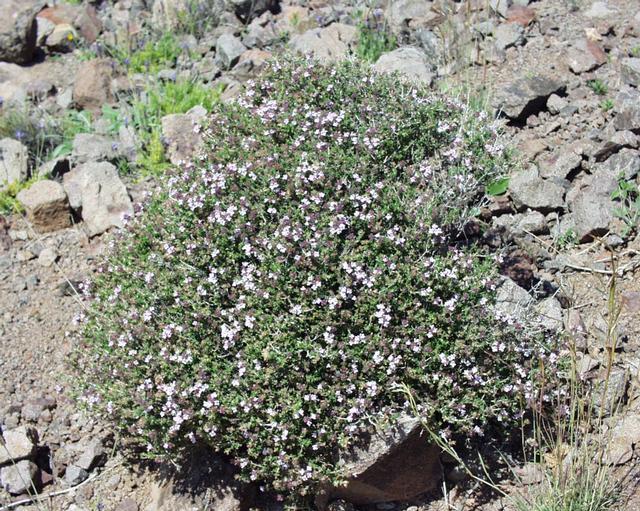Description
Low milkweed (Asclepias pumila) is a plant native to the central and eastern regions of the United States. It is a small plant that typically grows to be only a few inches tall. It has leaves that are narrow and pointed, and its stem is covered in short hairs. The plant produces small, greenish-white flowers that are arranged in clusters.
Low milkweed prefers to grow in dry, sandy soils and is often found in open fields or along roadsides. It is not very winter hardy, and may die back in colder regions. To cultivate low milkweed successfully, a grower may need to provide well-draining soil and full sunlight.
Low milkweed is not edible for humans, but its nectar is a valuable source of food for pollinators such as bees and butterflies. The plant is also used medicinally by some Native American tribes, who use it to treat a variety of ailments.
In addition to its value as a food source for pollinators, low milkweed is also useful as a ground cover plant and for erosion control.
